How to Get Rid of Carpenter Ants Before They Do Damage

If you're looking for how to get rid of carpenter ants, you've come to the right place.
Ants are hard workers, and carpenter ants like to work hard to destroy your home. So, if you see one carpenter ant, don’t dismiss it as a non-problem; there are likely thousands more quietly doing their job on your walls.
Their job? To chew away wood in homes and furniture to make safe pathways—called “galleries” in the extermination world—for their colonies and nests.
Carpenter ants do like to chew, so believe it or not, they can be beneficial outdoor insects that feed on annoying plant-damaging bugs such as aphids and scale. They also aid in composting rotting wood, and they help eliminate pest carcasses and debris in the garden.
Unfortunately, carpenter ants are not so tasty to many other predators, except for the occasional passing bat that snags a winged one. Carpenter ants are less damaging outside, but you don’t want them to ruin your shed or wooden structures, either.
Our guide gives you tips and steps to take to manage a carpenter ant infestation and keep them from doing more serious damage to your home.
Photo via Shutterstock
What Do Carpenter Ants Look Like?
There are so many types of ants that it may be tough to identify the one you see to confirm if it's a carpenter kind. Carpenter ants aren’t just black, as most of us believe. They can be dark brown or reddish, too.
They can also have wings and many confuse them with termites (which can also have wings). They also come in various sizes but tend to bulk up in the winter.
If you can get close enough, you can identify a carpenter ant by these physical characteristics:
- Heart-shaped head
- Bent antennae
- Shiny body
- Narrow waist (middle part of its segmented body)
- A bit larger than your average picnic-type of ant, measuring around ½ inch to ⅝ inch
- Winged or wingless; a winged ant can be a male or female, so it can reproduce
Signs of Carpenter Ant Infestation
You’ll be able to better tell if you have carpenter ants not by looking at them, but by examining the evidence they present in your home.
a) Tiny piles of fine sawdust
Called frass, these little piles of very fine sawdust on the floor or windowsills let you know if there are carpenter ants in your home. The ants don’t eat the wood, but they excavate the area by pushing out the wood shavings rather than leaving them in the galleries, which is how frass is created.
b) Rustling sounds in the walls
If you see frass and suspect ants, use the handle of a screwdriver to tap on the walls and baseboards. They will respond with a rustling sound (like crinkling cellophane) which is how they alert other ants to danger.
c) Hollow sounds of wood
If you tap on wood and it sounds hollow when it should sound solid, you may have carpenter ants, according to pesticide product maker Maggie’s Farm. A hollow sound means that ants might have made progress on their tunnels.
Why Are There Carpenter Ants in My Home?
Carpenter ants prefer foraging for food sources and setting up camp in damp, moldy, rotting wood. And, just like other pests, carpenter ants also can come into your home through cracks and minuscule openings to get to sources of food.
Carpenter ants are great climbers, so they can enter your home from high wires and branches, as well.
These specific ants feed on sugar and proteins. That’s why they like to eat pests, such as aphids and scale—these little insects secrete a sweet liquid waste called “honeydew.”
Carpenter ants like sweet goods in your kitchen, such as jelly, syrup, and sugar. They don’t technically eat wood, but they’ll chew through (creating frass) it to get to those sweets.
They also like to set up nests near water sources, such as appliances in kitchens and bathrooms, and damp basements.
How to Get Rid of Carpenter Ants
Getting rid of carpenter ants is a lot of work. It also means possibly tearing down some of your walls to find the damage...and the ants.
If you prefer a DIY method of getting rid of these ants, start where you spot frass, which can lead you to the nests. You can do all three of these steps simultaneously.
Disclaimer: Hometalk may receive a small affiliate commission from purchases made via Amazon links in this article but at no cost to you.
Materials and Supplies Needed:
- Sugar
- Baking soda
- Honey
- Shallow dish
- Masking tape
- Commercial ant bait (optional)
- Essential oil of your choice: tea tree oil, lemon, orange, or cedarwood
- Cotton balls
- Spray bottle
- Distilled white vinegar
- Rags
- Drill and drill bit for ⅛-inch hole
- Bulb duster
- Boric acid powder
Step 1: Find the Nest
Create bait for ants. Mix equal parts sugar and baking soda in a small, low dish and set it out near the frass. Don’t kill the ants if you see them in the bowl; let them take this mixture back to the nest so the baking soda can kill the colony.
Or, you can put masking tape down near the frass and pour some honey on the non-sticky side to attract ants. You can also use a commercial ant bait that has boric acid in the ingredients that will kill the ants, as well.
Step 2: Erase Scent Trails
Clean the area(s) where you see frass. This erases the pheromone trail the ants have left behind to attract other ants to food sources in your home.
Use one of two methods to clean the scent:
- Put essential oil on a cotton ball and wipe the areas around the frass, a few feet on either side of the mound.
- Fill a spray bottle with a 50/50 solution of distilled white vinegar and water and use a rag to clean and dry the area.
Step 3: Destroy the Nest
If you have pinpointed where the ants could be nesting (nests are hidden so you may not see them, but you’ll know the nest is nearby when you see frass), you’ll need to get into the wall to destroy the nesting vicinity.
However, there could be a “parent” nest and “satellite” nests set up closer to the food sources, so you may need to do this several times in various parts of the house or outdoors.
Keep in mind that this DIY method is not foolproof and likely needs to be repeated if you still hear the activity in the walls.
To access the nests:
- Carefully drill small holes (⅛ inch) into the wall every 6 inches for a few feet around the area where you found frass.
- Use the bulb duster to insert boric acid powder into each of the holes so it can disperse in the wall and reach the nest to kill it off.
How to Keep Carpenter Ants Away
The number one way to keep these ants away is to eliminate moisture and damp, rotting wood.
Here are a few more tips to help keep carpenter ants out of your home:
- Use a dehumidifier to get rid of moisture.
- Repair leaky pipes and drips.
- Eliminate sticky residue from food in your home and outside living spaces. Clean up spills as soon as you can.
- Trim tree branches if they touch your home so ants can’t crawl on them and make their way into your home.
- Get rid of old rotting trees and tree stumps where carpenter ants live.
- Treat indoors and outdoors with insecticides that repel carpenter ants.
Tips and Hacks for Difficult Cases
It’s complicated to get rid of carpenter ants, and it can be confusing to know if you have carpenter ants or termites. To get rid of the ants, the goal is to destroy their nests and eliminate their scent trails.
The steps to take to do it yourself can get messy and time-consuming, so you may want to call in pest control experts to get the job done quickly.
If you see carpenter ants in the winter, you need to call pest control immediately here because you may have a significant infestation, according to foresting magazine Northern Woodlands.
In January and February, the freeze-resistant ants bulk up and can cause more damage than in the summer.
How to Get Rid of Carpenter Ants
Carpenter ants are challenging, so if you have any successful tips on how to get rid of them that have worked for you, comment below—we’d love to hear them!
Enjoyed the project?
Comments
Join the conversation
-
 Alb54837352
on Nov 18, 2021
Alb54837352
on Nov 18, 2021
thank you for sharing with us Teatv
-
-
 Vipulpawnar
on Feb 21, 2024
Vipulpawnar
on Feb 21, 2024
Amazing krnl.fun
-



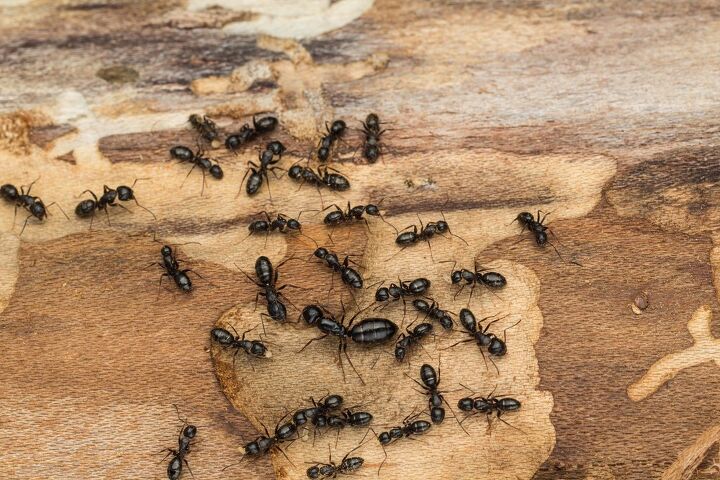



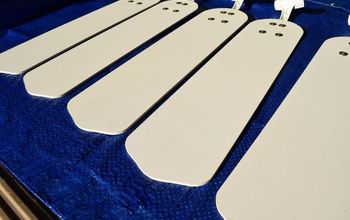




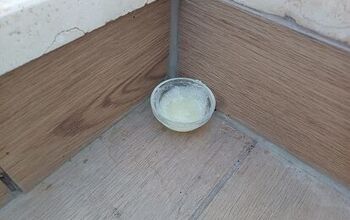


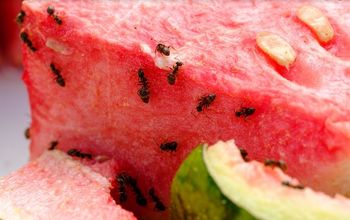

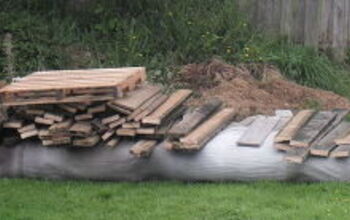

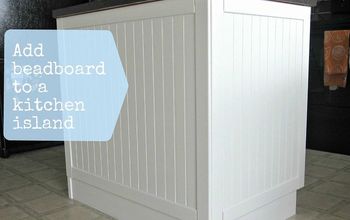





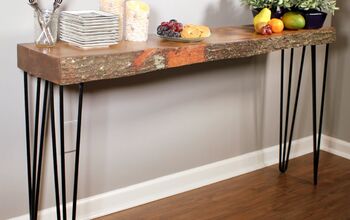
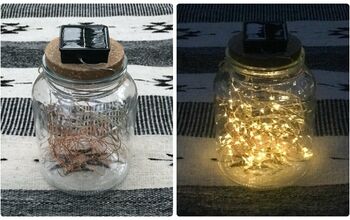

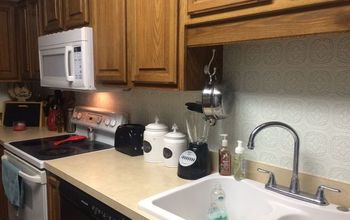

Frequently asked questions
Have a question about this project?
What about the huge colonies you find outside?